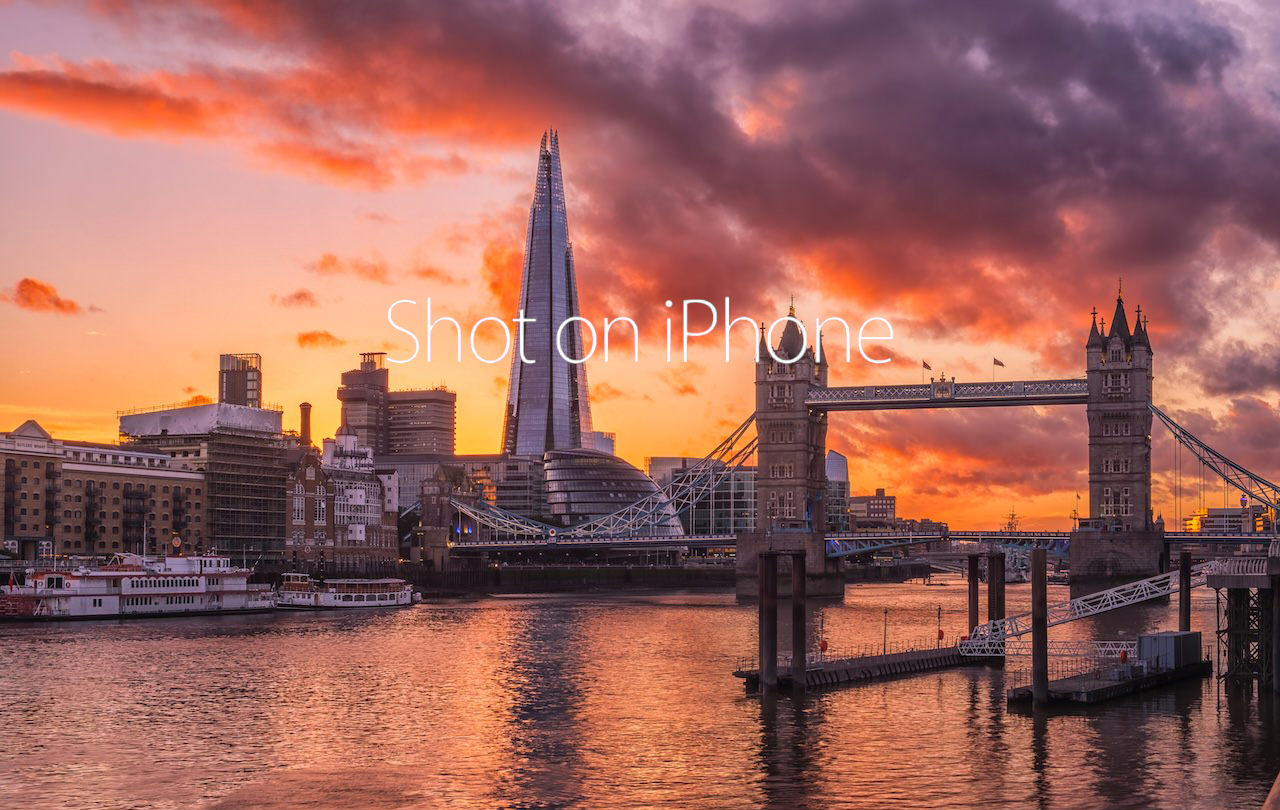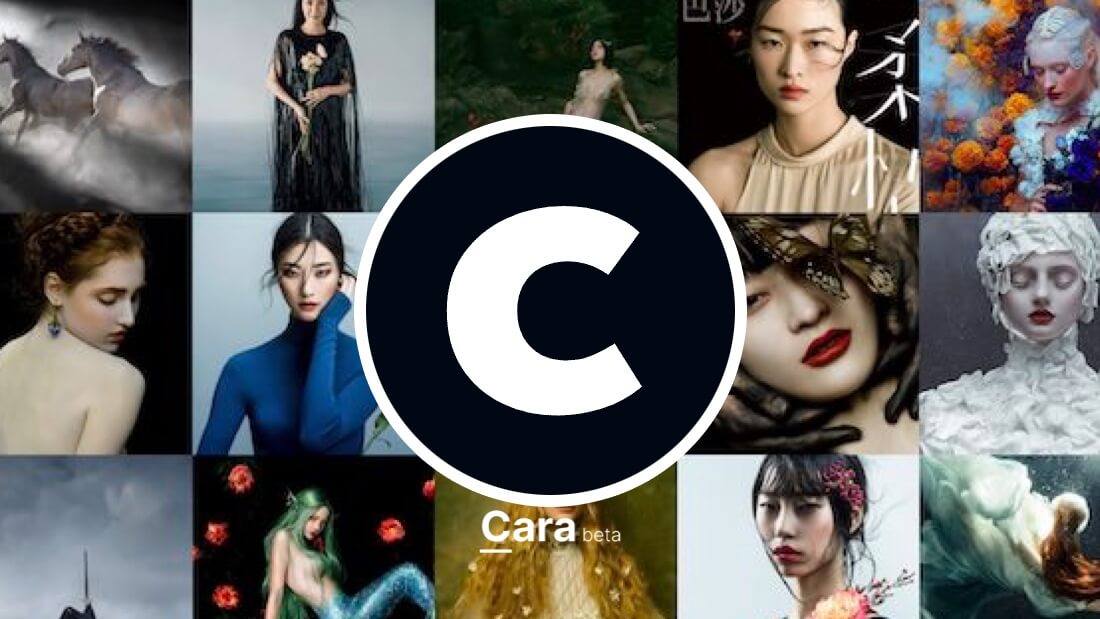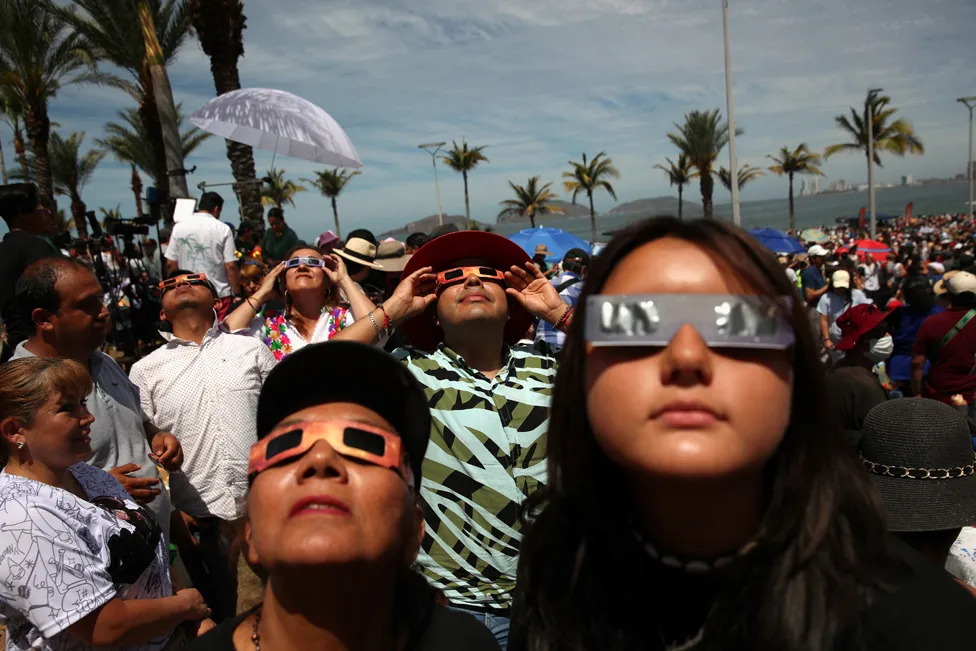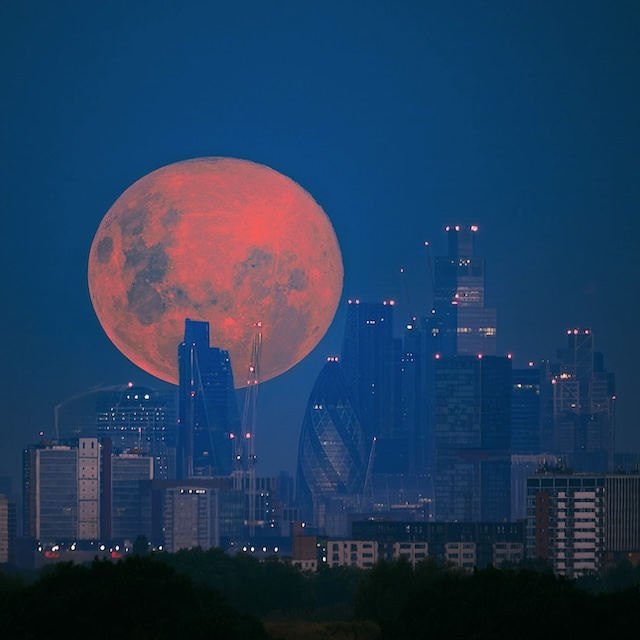No products in the cart.
Still in the first weeks of the new year, there was already an exciting photographic occasion: the Super Blood Wolf Moon. Such a dramatic name stands for a supermoon that happens at the same time as a lunar eclipse. Something quite rare: consider the next eclipse will be only visible in the UK in almost 11 years (maybe less?)!
If you're already googling the date to pin it to your calendar… Probably not worth the effort as it will be in December, so clouds are almost certain. But it's the 20th of December 2029, just in case ;)
What's with the name?
I appreciate this sounds very much like a Hollywood film and likely not a blockbuster. Super Blood Wolf Moon is actually a combination of a couple of definitions. A supermoon occurs when a full/new moon happens when it's at its closest to Earth. The Wolf Moon is the name for January's full moon. And the Blood Moon is the total lunar eclipse, as the moon turns a deep coppery red when the sun doesn't hit it directly.
However, the Moon's colour during totality will depend on the global state of dust in the Earth’s atmosphere. Dust in the atmosphere blocks out the higher-frequency blue light waves, but the longer wavelength of red light can still come through.
If you're interested, I will give you more details in a future post.
Preparation…
This was one major event, so I was getting prepared well ahead of time. I don't own a long zoom lens because I wouldn't use it extensively enough in my photography. Therefore, I decided to hire one. To get a good shot at photographing the moon (pun intended), I needed at least a 400mm lens. Therefore, the Fujifilm XF100-400mm F4.5-5.6 R LM OIS WR was the one I went for.
Then, I added the XF 2x WR teleconverter to double the reach. Considering the Fujifilm X-T2 is a crop sensor and not a full-frame camera, this gave me the equivalent of a 300-1200mm lens. Massive!
The downside of using a teleconverter is that you then decrease the light that hits the sensor. In this case, it changed my aperture to an F8-11. This meant I had to rely on bumping the ISO since I couldn't shoot long exposures of something as fast as the moon. But that was easily doable with the Fujifilm X-T2.
By the way, if you wish to join me in photographing the full moon in all its splendour, I regularly host a Full Moon Photography event in London.
More info and bookings are available on the dedicated page.
So, I decided to follow it all night, not just take one shot and leave.
For the first location at moonrise, I decided to go with the obvious choice of Waterloo Bridge. Then move East, around Greenwich, to follow the Super Wolf Blood Moon path the whole night.
… and shooting: Round 1
Even though I was well prepared, I arrived slightly late to my first location. I could already see the moon peeking above the horizon, and it was huge! That meant only single photos, no timelapse of the whole moonrise. Bummer.
I rushed to get my tripod out and set all the gear, and I shot a spectacular moonrise over St. Paul's Cathedral.
I felt utterly blessed to see such a phenomenon, regardless of the pictures.
And for this to happen with such a clear sky in the middle of January! Incredible.
The Super Wolf Blood Moon was rising fast, so I only kept shooting for another 20 minutes before it was too high in the sky. Then I went to sleep, preparing for a night out to follow all the eclipse phases.
Round 2
Big (big!) flask of coffee, hand warmers, all my gear… Checked, checked and checked. It was almost 1:00am when I left home to take the night bus to my location of choice.
I didn't know what to expect, whether it would be packed with photographers or people with telescopes. I knew I wanted to get there early to secure a good spot, as I had learned how paramount that can be when I shot a sunrise in Hawaii. But when I got there, I was completely alone. And nobody else arrived until 3:00am when my friend Martyn joined me (thanks for the chocolate, by the way).
While waiting, I also managed to take a few shots that might fit well in my current Night Series on Instagram… We'll see :)
The moon travels fast, so I had to adjust the camera position constantly to follow it. I had a gimbal head, so it wasn't hard to move around. But at times, I lost track of the moon, particularly when it was turning darker.
But I did manage to take quite a few shots.
This is what happened over 2 and a half hours, the whole of the Super Blood Wolf Moon in one shot:


This is quite something, isn't it?
Suddenly, it's all pitch black and I can only see what distant artificial lights manage to brighten up. It's about 4:40am, and a few people are gathering where I am to see the eclipse. But together with the people came all the clouds. An extended blanket of clouds rapidly covered the sky, and nobody could see anything else for the rest of the night.
End
And so the moon never reappeared, at least looking at the sky from our location. Thank you, London weather!
But I can't complain, really. I was there to witness a magnificent phenomenon, and I managed to capture all the phases on camera. Even surpassed my expectations, considering it was the first time I attempted such shots through a lens I had never used before.
And so it was time to leave.
However, I couldn't go home to sleep yet because only a couple hours later, I was about to have a meetup with Alen Palander, Roman Fox and a few other photographers.
But that's another story (that you can watch on YouTube)…
– February 2020 update –
There have been a couple more attempts at Supermoons that you can find in this blog, here and here. As well as more info on how to shoot the supermoon, from a Clubhouse talk I was invited to… here.
But perhaps more interestingly, Pearl Jam are now releasing a new song called Super Blood Wolf Moon! I know, right? Exciting!
Here's the announcement: https://www.instagram.com/p/B8fIugSFWoc/
Well, if Pearl Jam want to use my photos to promote the song… I'm here guys!




